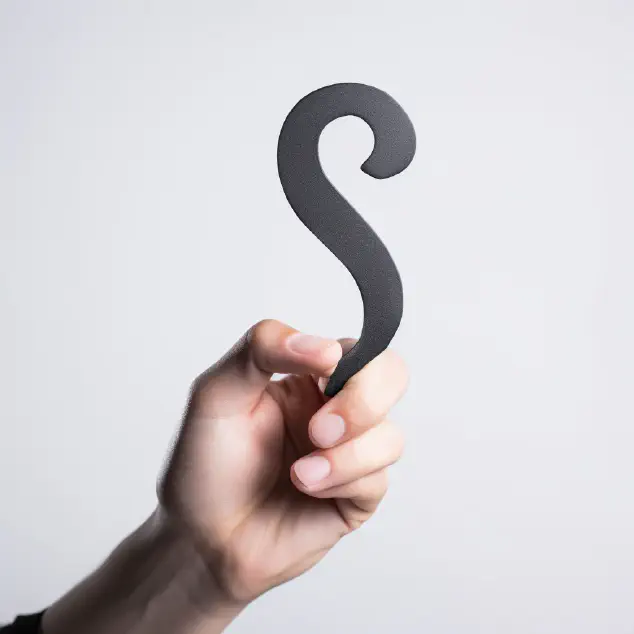
Description
Are you searching for ways to unlock your creativity and generate new ideas? Do you struggle with mental blocks that hinder your ability to think outside the box? “The Lighter Side of Complex Thinking” offers an innovative solution to these problems by highlighting the role of humor in promoting creativity.
In this informative course, you will discover how humor can inspire and motivate you to break through mental blocks and unlock new solutions to complex problems. You will learn about the types of mental blocks and how humor can help you overcome them, as well as the science behind the link between humor and creativity.
With real-world examples and case studies, you will gain insight into techniques for using humor in complex thinking. You will explore brainstorming with humor, making connections with humor, and reframing with humor. By integrating these techniques, you will learn to improve your problem-solving skills and incorporate humor into your workflow.
Whether you’re an entrepreneur looking for new ways to innovate, a designer in search of fresh ideas, or a creative professional seeking to enhance your skills, “The Lighter Side of Complex Thinking” is an excellent resource for expanding your creative potential. Join us today and explore the power of humor in unlocking your creativity and overcoming mental blocks.
Introduction
Complex thinking is the ability to process and analyze information from multiple perspectives and sources, consider different alternatives, and generate creative solutions to problems. It is an essential skill in today’s fast-paced and ever-changing world, where innovation and adaptability are critical for success.
Creative thinking is a fundamental component of complex thinking, as it involves generating new and innovative ideas that challenge the status quo, disrupt conventional thinking, and push boundaries. That is why exploring the lighter side of complex thinking through humor can be a powerful tool to stimulate creativity, increase motivation, and enhance problem-solving abilities.
Humor is an often-overlooked aspect of complex thinking, yet it can have a significant impact on our cognitive processes. When we experience humor, our brain releases dopamine, a neurotransmitter that signals pleasure and satisfaction, which can lead to increased motivation, engagement, and pleasure.
By using humor to unlock our creativity, we can break through mental blocks, overcome biases, and generate novel ideas that we might not have otherwise considered. The next sections will explore in-depth the types of mental blocks that exist, how humor can help break them, and the science behind humor and creativity.
Mental Blocks and How to Break Them
Mental blocks can hinder creative thinking, preventing individuals from generating new ideas or solutions. There are various types of mental blocks that people encounter, including perceptual, emotional, and cultural blocks.
Perceptual blocks occur when individuals fail to see things from a new perspective, thus limiting their ability to find fresh solutions. Emotional blocks, on the other hand, result from fear, anxiety, or negative self-talk, which can reduce one’s confidence and creativity levels. Cultural blocks occur when individuals adhere to societal norms or rules that can limit their creativity and restrict their thinking.
One effective method for breaking through mental blocks is through humor. Humor can create a relaxed mental environment, disarm anxiety and fear, and reduce mental rigidity. It can also help individuals look at problems from a new angle, changing their perspective and facilitating problem-solving.
Real-world examples have shown how humor can help break mental blocks. The 3M company, for instance, created a program called “The Joy of Doodling” that encouraged workers to create doodles and cartoons during meetings. According to 3M, this method helped employees channel their creativity and better understand the ideas they were discussing, leading to more productive meetings.
Another example is Google’s “20% Time” initiative, which allows employees to spend 20% of their work time on personal projects. This program fosters creativity, and Google has reported that this policy has led to several new products, including Gmail and Google Maps.
Overall, breaking mental blocks requires individuals to be open to new perspectives and ideas. Humor can help individuals relax mentally and change their perspective, thus allowing them to generate fresh ideas and solutions.
The Science of Humor and Creativity
Humor is a powerful tool that can lead to greater creativity. When we laugh, our brains release dopamine, a chemical that helps us feel good and motivated. According to research, this boost in mood can lead to more creative and flexible thinking.
Studies show that humor can also help people think more broadly and see problems from different perspectives. In one experiment, participants who listened to a comedy routine before performing a problem-solving task came up with more creative solutions than those who didn’t hear the comedy.
Furthermore, humor can also help individuals overcome fear and anxiety, which are known to inhibit creativity. By lightening the mood, humor can help reduce the negative effects of stress and make it easier for individuals to approach problems more creatively.
Several case studies have further explored the link between humor and creativity. For example, researchers have found that companies with a fun and humorous culture, such as Google and Southwest Airlines, tend to have more innovative and creative employees. Another study found that individuals who read funny comics before taking a creativity test performed better than those who didn’t.
Overall, the research consistently supports the idea that humor can have a positive impact on creativity. By reducing stress, broadening perspectives, and boosting mood, humor can help individuals break through mental blocks and generate fresh ideas.
Techniques for Using Humor in Complex Thinking
Humor can be a powerful tool for unlocking creativity and generating new ideas. Here are some techniques for using humor in complex thinking:
Brainstorming with Humor
Brainstorming is a fundamental technique for generating ideas, but it can be challenging to come up with truly innovative solutions. Incorporating humor into brainstorming sessions can help lighten the mood and encourage more creative thinking.
One technique is to start the session with a funny ice-breaker. For example, you could ask participants to share the best joke they’ve heard recently or have everyone draw a funny picture before getting started.
Another technique is to introduce an element of playfulness into the brainstorming process. For example, you could have participants come up with solutions to a problem in the style of a particular comedian or try to come up with the most ridiculous idea possible.
Making Connections with Humor
Making connections between seemingly unrelated concepts is another essential part of complex thinking. Humor can be a powerful tool for making those connections.
One technique is to try to find the humor in the problem itself. For example, if you’re trying to brainstorm solutions for a frustrating task, try to find the most absurd or ridiculous aspect of the problem and use that as a starting point.
Another technique is to look for inspiration in humorous sources. Watch a comedy sketch, read a satirical news article, or listen to a funny podcast. You might be surprised at how some of the ideas presented can spark new insights.
Reframing with Humor
Reframing the problem is a critical element of complex thinking. By looking at a problem from a different perspective, you can often find innovative solutions. Humor can be a useful tool for reframing problems in a new light.
One technique is to use wordplay to generate new ideas. For example, you could take a common phrase related to the problem and try to come up with as many puns as possible that could be used to reframe the problem.
Another technique is to imagine the problem as a character in a comedy sketch or cartoon. How would the character approach the problem? What solutions would be the funniest or most unexpected?
Overall, incorporating humor into complex thinking can help unlock creativity and generate new ideas. By using techniques like brainstorming with humor, making connections with humor, and reframing with humor, you can approach problems in a new and innovative way.
Practical Applications
Once you understand the science behind humor and creativity, you can start using humor to boost your complex thinking skills. Here are some techniques that you can apply to your work.
1. How humor can improve problem-solving
Humor can break the rigidity of traditional ways of thinking and help us see problems from a different perspective. For instance, you can use humor to approach a problem from an unusual angle that no one has thought of before. Humor can help us see beyond our biases, judgments, and preconceptions.
2. Ways to integrate humor into your workflow
One way to incorporate humor into your workflow is to introduce humor breaks throughout your workday. These can range from watching a funny video or reading a humorous article to sharing jokes with colleagues. You can also use humor to create a positive work environment that fosters innovation and creativity. Humor can make the workplace less stressful, more enjoyable, and more productive.
3. Tips for incorporating humor into your creative process
To integrate humor into your creative process, you can try the following:
- Start a humor journal where you jot down funny ideas or incidents that might inspire later.
- Use visual humor, such as cartoons, memes, or funny images, to stimulate creative thinking.
- Exercise your sense of humor by trying new jokes, puns, and wordplay.
- Collaborate with people who have different humorous perspectives than you.
Humor is most effective when it comes naturally, so don’t force it. Allow yourself to laugh, smile, and have fun with your work. Remember that humor can inspire new ideas, break the monotony of routine, and make your work more fulfilling.
“Humor is the instinct for taking pain playfully.” - Max Eastman
Conclusion
In conclusion, “The Lighter Side of Complex Thinking” has explored the powerful connection between humor and creativity. We have learned how humor can inspire new ideas and break through mental blocks, as well as the scientific research backing up this connection. We have also explored several techniques for using humor in our complex thinking, from brainstorming to reframing.
Overall, incorporating humor into our problem-solving processes can not only make them more enjoyable but also more effective. By leveraging humor, we can open ourselves up to new possibilities, challenge our assumptions, and discover creative solutions to even the most complex problems.
As you incorporate humor into your creative process and workflow, keep in mind some of the practical tips we’ve discussed, such as building a goal-directed humor mindset, using humor as a tool for reframing, and experimenting with different types of humor.
In short, humor isn’t just a frivolous indulgence; it can be a powerful tool for unlocking our creativity and transforming our approach to complex thinking. So the next time you’re feeling stuck, consider using humor to lighten things up and see where it takes you. Who knows what kind of brilliant ideas you might uncover along the way?



